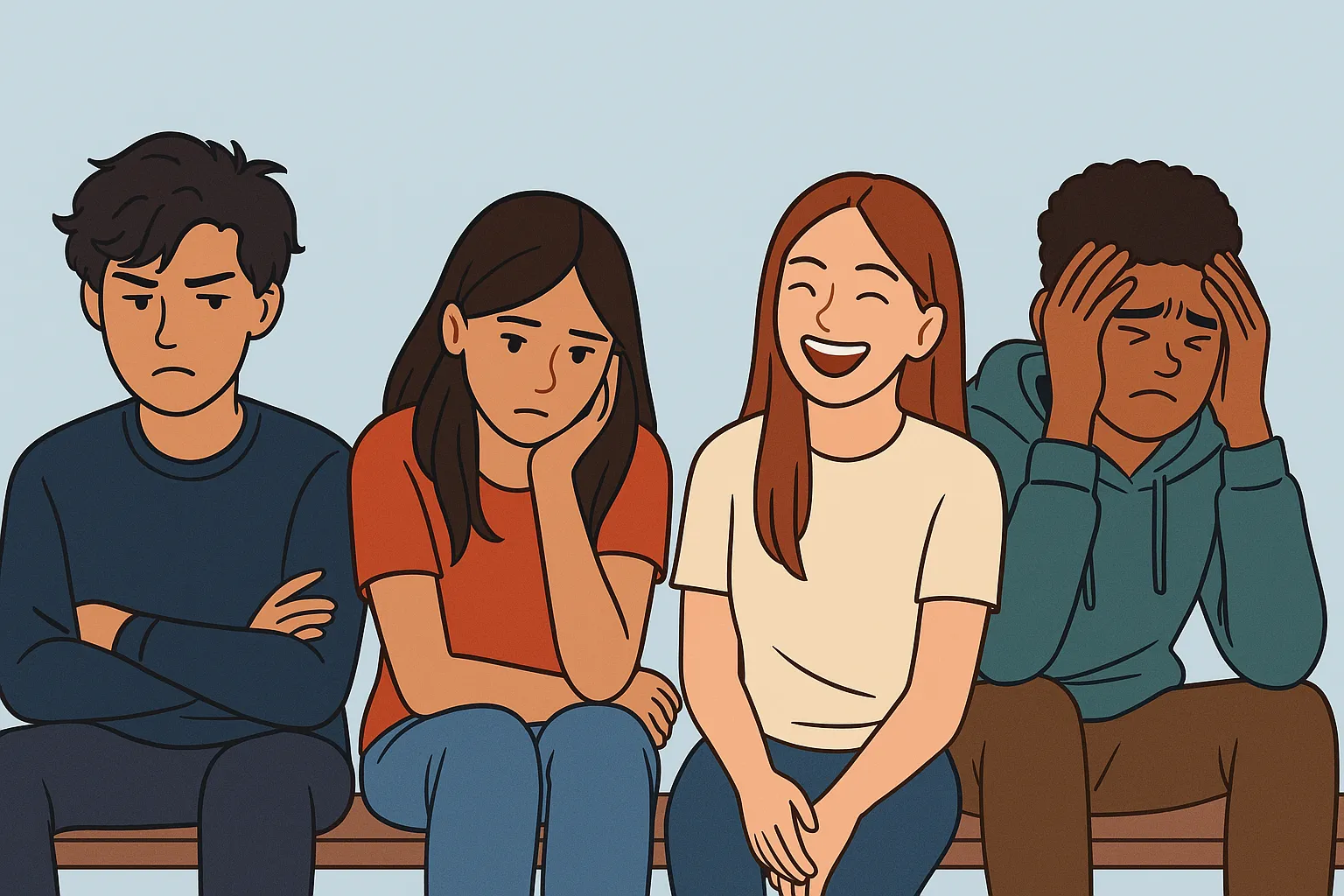What is Bipolar Disorder?
Bipolar disorder is a mental health condition that causes extreme mood swings that include emotional highs (mania or hypomania) and lows (depression). When your mood shifts to mania or hypomania (less extreme than mania), you may feel euphoric, full of energy or unusually irritable. When you become depressed, you may feel sad or hopeless and lose interest or pleasure in most activities. These mood swings can affect sleep, energy, activity, judgement, behaviour and the ability to think clearly.

Bipolar Disorder Myths
Don’t be Fooled by Fake Quizzes
We understand how confusing it can be. The internet is filled with inaccurate and overly broad information about Bipolar Disorder. Many online tests misrepresent the condition or miss important nuances—leading to misunderstandings, misdiagnosis, or missed opportunities for support.
We believe everyone deserves access to accurate, professional guidance when exploring their mental health. That’s why our comprehensive Bipolar pre-assessment tool is based on the DSM-5.
Real Bipolar Disorder Signs & Symptoms
Bipolar Disorder signs and symptoms can vary widely from person to person. Below are some commonly experienced Bipolar symptoms that you may have experienced, prompting you to consider the possibility of a Bipolar diagnosis:
Fluctuating Productivity
Do you have days where you feel really productive, but then other days where it’s hard to get anything done? Do you struggle to keep up with work or finish tasks?
Irritability or Agitation
Do you feel irritated, agitated and hostile, often for no reason at all?
Difficulty Concentrating
Do you have trouble staying focused or calming your mind? Do you feel like your thoughts are racing and it’s hard to keep your attention on one thing?
Changes in Speech Patterns
Does your speech ever vary between rapid or slow, and do you have trouble articulating your thoughts?
Changes in Appearance
Do you find yourself sometimes spending a lot of time on grooming and dressing, and other times not bothering much with your appearance or health?
Social Withdrawal
Do you find yourself pulling away from friends, family, and social events? Do you lose interest in activities you used to love?
Diagnosing Bipolar Disorder
To diagnose Bipolar Disorder, practitioners in Western Medicine typically rely on the criteria outlined in the Diagnostic and Statistical Manual of Mental Disorders (DSM)*. This handbook provides a standardised set of guidelines for identifying and diagnosing mental disorders, including ADHD.
According to the DSM-V, there are two different presentations of Bipolar Disorder including Bipolar I or Bipolar II based on specific symptoms and episodes experienced by the individual: manic and depressive episodes and depressive episodes without full-blown manic episodes.
*The DSM-5 (Diagnostic and Statistical Manual of Mental Disorders) is the gold standard used by Psychologists and Psychiatrists to diagnose mental health conditions. Created by the American Psychiatric Association, it’s a globally recognised guide that outlines the criteria for conditions like ADHD, Autism, and Bipolar Disorder and more. The most recent edition, the DSM-5-TR, was released in 2022.
DSM-5-TR offers detailed descriptions of various mental disorders, including their symptoms, prevalence, course, and associated features. It serves as a crucial reference for clinicians, researchers, educators, and policymakers in the field of mental health.
This manual helps clinicians accurately identify and diagnose mental health conditions, guiding treatment planning and interventions. It also facilitates communication among professionals by providing a common language and framework for understanding and discussing mental health disorders.
DSM-5-TR is periodically updated to reflect advancements in scientific understanding, changes in diagnostic criteria, and emerging trends in mental health research. It plays a vital role in shaping clinical practice, research initiatives, and public health policies related to mental health and psychiatric disorders.
